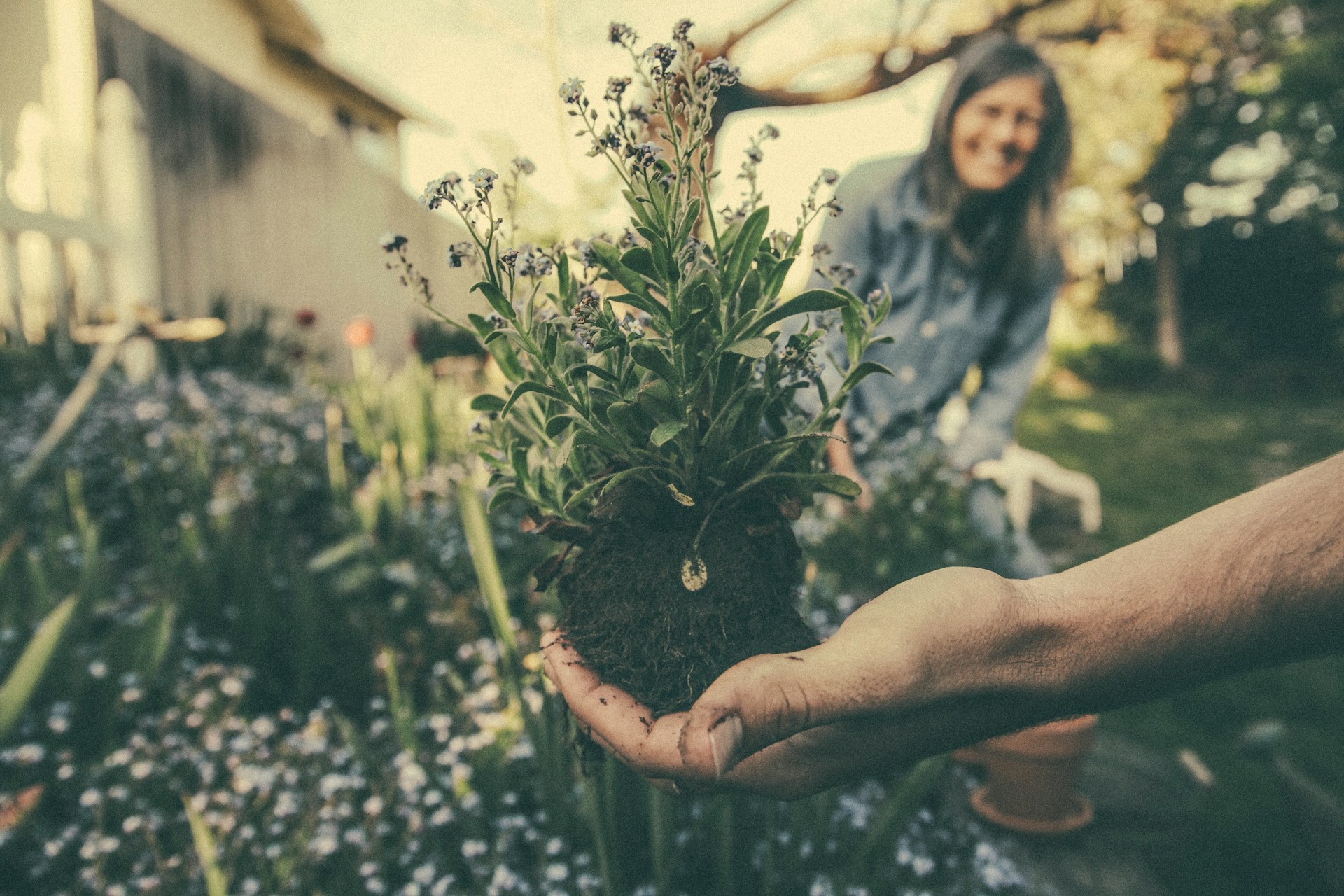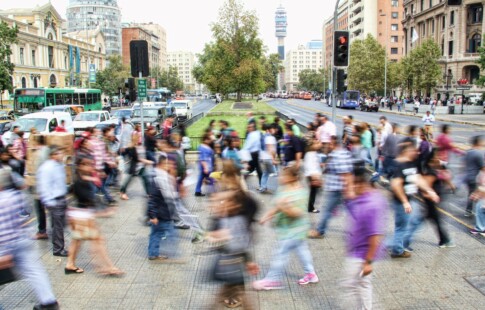
Accessible Ideas for Self-Sufficient Living
We are reader-supported. When you buy through links on our site, we may earn affiliate commission.
Self-sufficient living encompasses a huge category of potential actions. Plus, people have varying definitions of self-sufficiency. Many involve having enough to survive without relying on outside resources. However, getting to that point could seem overwhelming to even the most motivated individuals. Fortunately, adopting a more self-sufficient way of life is more accessible than many people think. The key is to start with the easiest changes to establish and maintain, then gradually expand the efforts.
Grow a Garden
Many people’s initial draw to self-sufficient living is the idea that they can cut down on what they buy and produce those things themselves. Gardening is an excellent way to turn that aspiration into a reality. Apartment dwellers and others with limited outdoor space need not worry because container gardening allows growing things almost anywhere.
After people choose suitable containers, they must give appropriate levels of water and light to whichever seeds they plant. Deciding where to put a container garden is important for matching the environment to the sprouted seedlings that will hopefully become herbs, vegetables, or other recipe staples.
It is also a good idea for people to choose what to plant based on their gardening experience and willingness to go outside their comfort zones. Someone very new to growing things may understandably want to start with the simplest options. Then, after feeling more confident, they can try more complicated things that require more care and a bit of luck.
People who have their gardens outside should consider the impact on pollinators. Statistics indicate 90% of insects eat native plants rather than invasive species. So, choosing options that naturally grow in an area could attract more pollinators and support wildlife.
Learn to Repair Rather Than Replace
When things break, rip, or wear out, people typically buy replacements. However, prioritizing self-sufficient living may mean a mindset shift that emphasizes repairs rather than being quick to purchase updated versions.
Although many businesses push the idea of purchasing the latest — and supposedly greatest — product versions, some people would rather go to repair cafes. These are typically volunteer-run gatherings where individuals bring things they need help fixing. The specifics vary by location, but organizers may try to match the people doing the repairs with the broken items most relevant to their skills.
One person involved with a repair cafe said attendees sometimes bring nearly 100 items per session to get fixed. That example shows how many households are already trying to embrace self-sufficient living by learning the skills they need to repair rather than repurchase.
Although some argue that self-sufficiency means not depending on others, most individuals cannot realistically achieve that goal. After all, no one knows everything, and anyone who thinks they do may be moving toward a dangerous kind of reliance. Repair cafes can reduce barriers, proving to formerly doubtful people that it is worthwhile and possible to fix things. Then, once they become inspired to learn the necessary skills, that step represents major progress.
Find Pleasure in the Simple Things
We live in a fast-paced, consumerism-driven world. However, finding joy in simple things that allow someone to slow down and savor their environment can be liberating. Going outside to breathe the fresh air and become more acquainted with the world just outside the front door can give someone a new perspective and show them they don’t need to do extravagant things to feel happy and fulfilled.
A related tip is for people to pay more attention to the things they already have rather than feeling compelled to buy alternatives. For example, if someone becomes tempted to treat themselves to a new book, they might revisit their home library and choose a title they haven’t enjoyed in a while instead.
Practicing self-sufficient living in these cases means frequently asking oneself: How can I find enjoyment within myself? Do I really need to pay money for this item or experience?
Implementing gratitude meditation into the daily routine is another excellent option. Research indicates people who do this may feel happier and improve their overall well-being. One straightforward option for getting started is to reflect at the end of every day and come up with five things that make a person feel grateful. It’s also common to write down the content in a list form and frequently refer to it, especially after someone has had a disappointing day or experience.
Staying aware of all the things one has rather than getting too fixated on what they lack is a foundational principle that could cultivate a lasting approach to self-sufficient living.
Collect Rainwater
As many areas of the world face more persistent droughts, some people are getting more interested in harvesting rain when possible. Although some rainwater collection methods are quite complex and involved, individuals can get started with a simple rain barrel. This option is affordable and requires little planning. The most effective method is to place it beneath a downspout to get rainwater from the roof and gutters.
People should also consider how they intend to use the collected liquid because the answer will determine whether they need to treat the water. Many households water their plants and gardens with rainwater, and that option allows them to use it right away. Similarly, they may use it to wash things never used for cooking or eating, which is also generally safe.
However, taking an extra step or two with the storage system prevents it from causing unexpected problems. Emptying the rain barrel every 10 days or adding a screen prevents mosquitoes from using the container for breeding.
Self-Sufficient Living Is a Journey
The last thing to remember is that self-sufficient living is not a goal for people to try and achieve over several months or years. Those who commit to it will embrace self-sufficiency for the rest of their lives and must not be hard on themselves if they are occasionally more dependent on others than they’d like.
A good way to stay motivated by progress is to keep a record of the gradual and lasting changes a household has made toward self-sufficiency. Once people look back and see all the new habits, mindset changes, and skills they have developed, they’ll be more eager to continue and perhaps encourage friends to follow their lead or suggest self-sufficient living tips they’ve tried and decided to adopt themselves.
Share on
Like what you read? Join other Environment.co readers!
Get the latest updates on our planet by subscribing to the Environment.co newsletter!
About the author
Grace Waters
Always inspired by the natural world around her, Grace grew up exploring tide pools and hiking mountain trails, developing a deep appreciation for biodiversity and conservation. Now, Grace works as the Senior Editor of Environment.co where she covers topics related to emerging clean technologies, zero-waste initiatives, and the intersection of environmental policy and everyday living.





